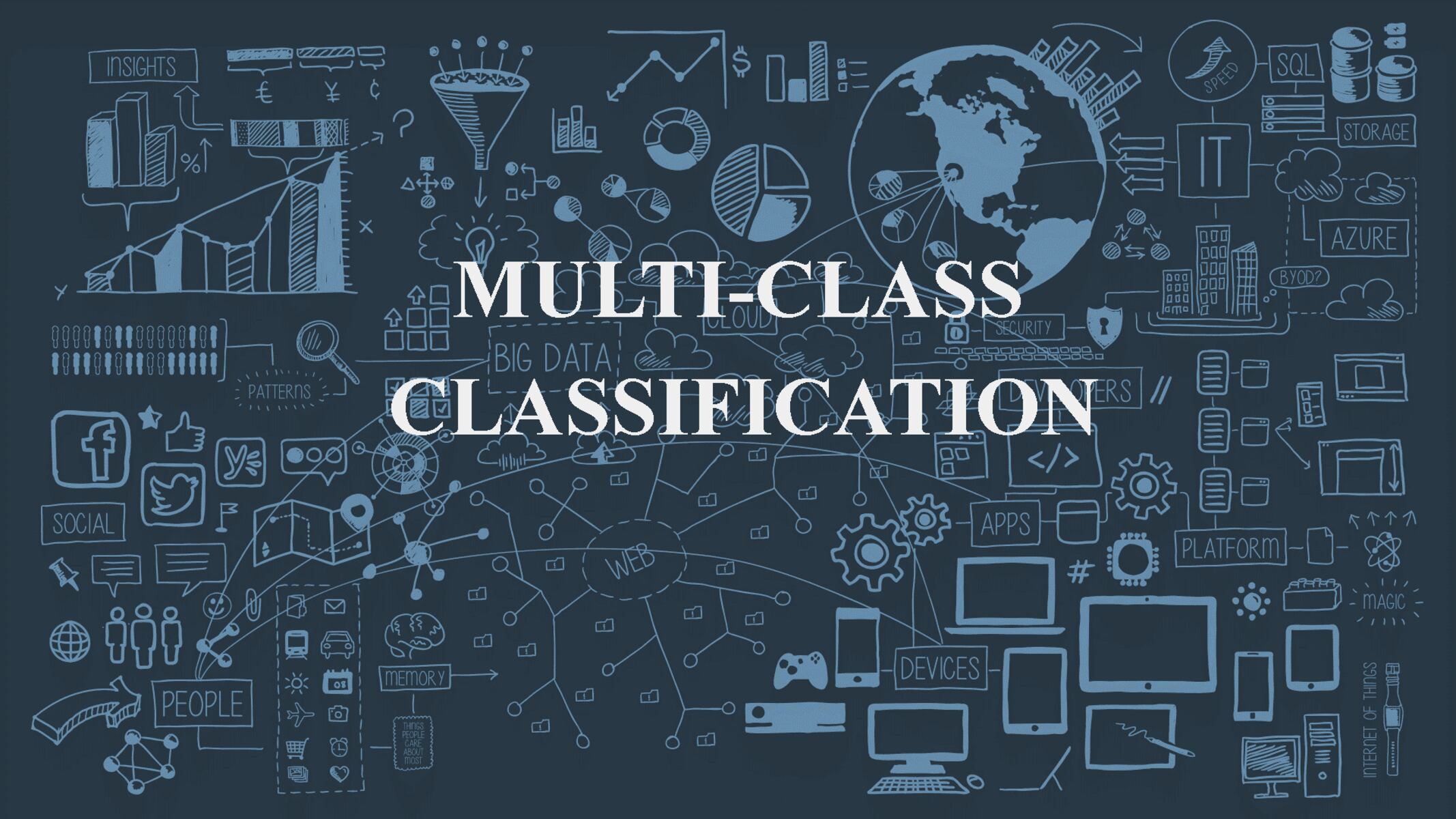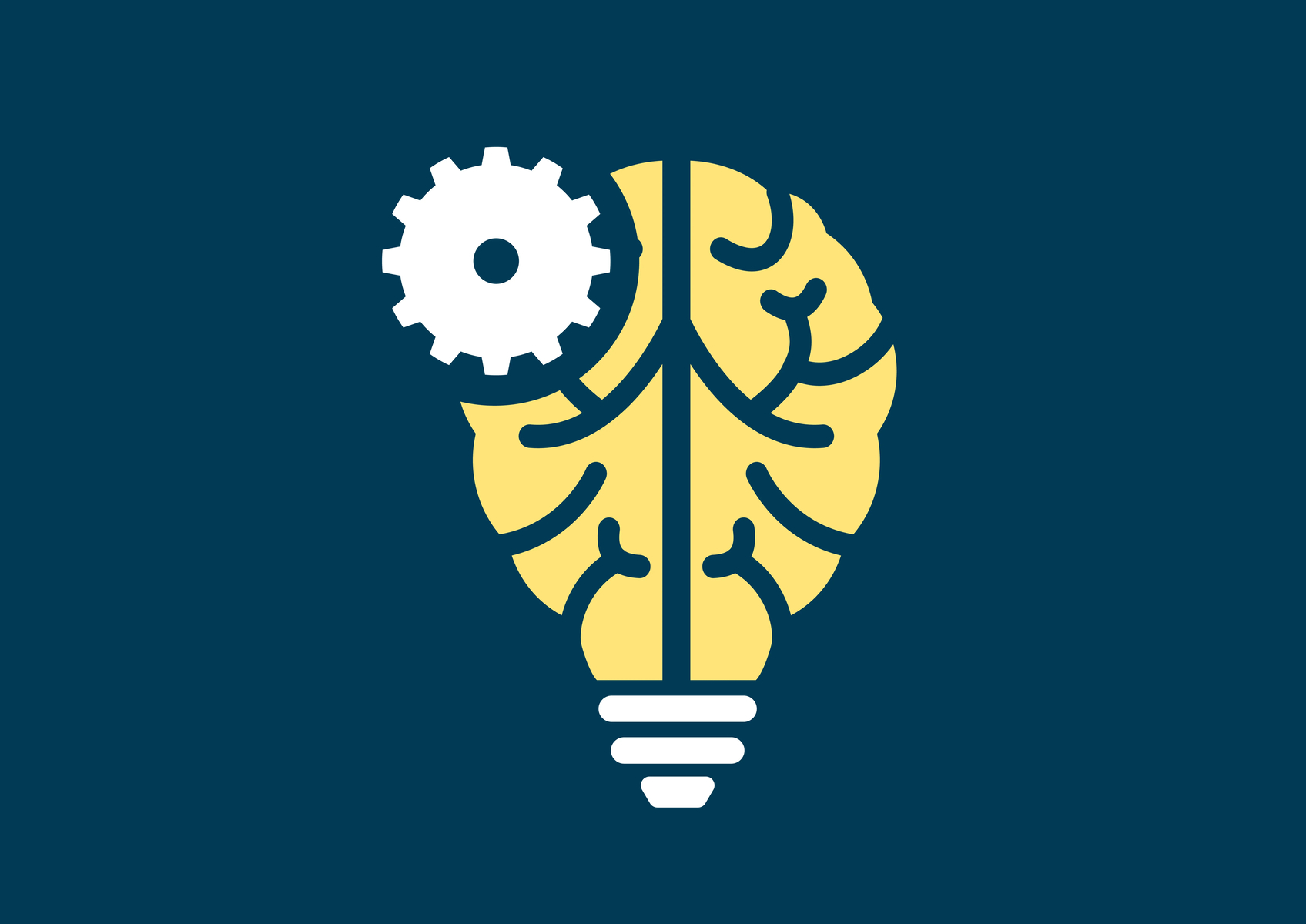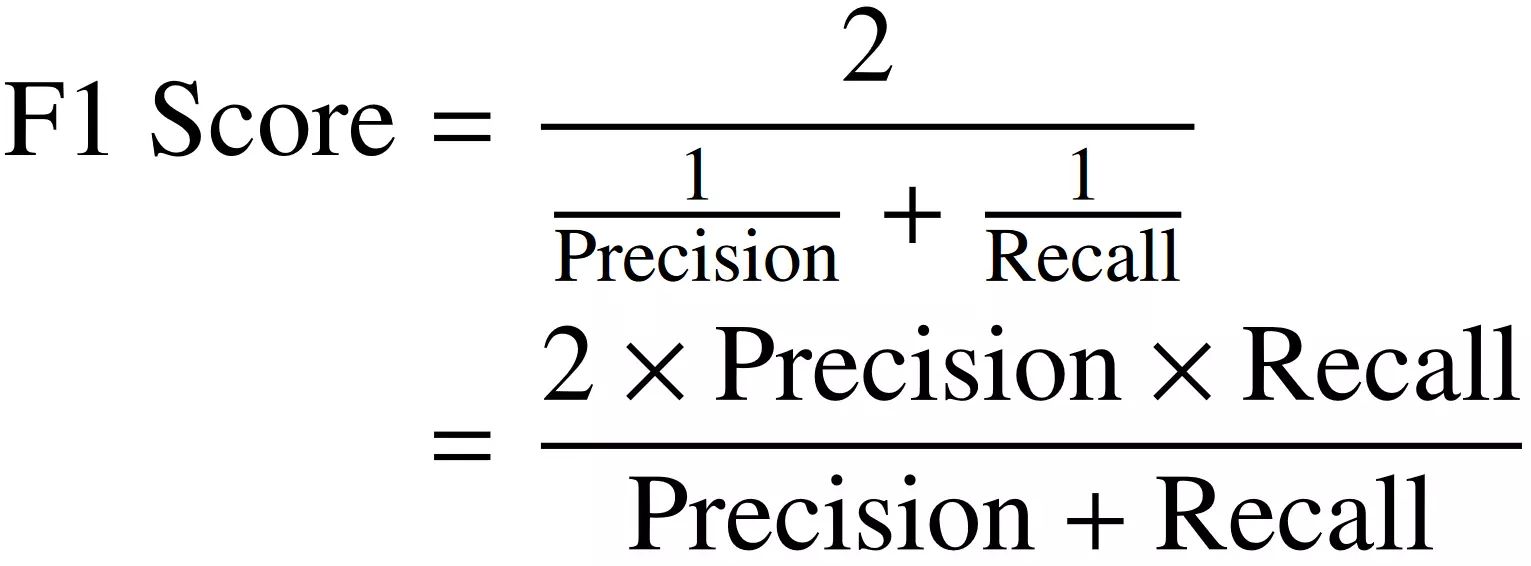Introduction
Welcome to the world of machine learning! In this rapidly evolving field, one of the fundamental tasks is classification. Classification enables machines to learn from data and make predictions or categorize objects into different classes or categories. While binary classification involves dividing data into two classes, multi-class classification expands the scope and allows for classification into multiple classes.
Multi-class classification is a powerful technique in machine learning that provides solutions to a wide range of problems. By assigning data points to multiple classes, it becomes possible to classify objects into more than two categories. This opens up a plethora of applications, including image recognition, natural language processing, sentiment analysis, and much more.
Unlike binary classification where the outcome is binary, multi-class classification poses a unique challenge. Instead of a simple “yes” or “no” decision, the algorithm must determine which class a data point belongs to among a set of possible classes. This requires more complex algorithms and techniques to handle the increased number of classes and potential variations within them.
Multi-class classification is particularly useful when dealing with datasets that involve more than two categories or classes. For example, in image recognition, an algorithm may need to classify images into categories such as cats, dogs, and birds. In text classification, the task might involve assigning articles to topics like sports, politics, and entertainment.
The key objective of multi-class classification is to build a model that can accurately predict or classify new instances into the correct classes. This involves training the model on labeled data, where each instance is associated with its correct class. The model then uses this training data to learn patterns, features, and relationships among the data points to make accurate predictions on unseen data.
As with any machine learning task, multi-class classification comes with its own set of challenges. These challenges include handling imbalanced datasets, choosing appropriate algorithms, dealing with high-dimensional data, and ensuring model generalization.
In the following sections, we will explore real-world examples of multi-class classification, discuss the challenges involved, dive into various techniques that can be employed, and explore evaluation metrics to measure the performance of multi-class classification models.
Definition of Multi Class Classification
Multi-class classification is a machine learning technique that involves categorizing data into more than two classes or categories. Unlike binary classification, where the task is to assign data points to two classes, multi-class classification expands the scope and allows for classification into multiple classes.
In multi-class classification, the goal is to develop a model that can effectively distinguish and assign new instances to the correct class among a set of possible classes. Each class represents a distinct category or label. For example, in a multi-class classification problem of classifying emails, the classes could be “spam,” “promotions,” and “important.” The algorithm would need to determine which category each email belongs to.
One of the distinguishing aspects of multi-class classification is that each instance can only be assigned to one class. In other words, the classes are mutually exclusive. For instance, a flower image classification task may involve classes such as “rose,” “tulip,” and “daisy,” and each image can only belong to one of these classes.
To train a multi-class classification model, labeled data is required, where each instance is associated with its correct class. The model learns the patterns, features, and relationships among the data points in the training set to make accurate predictions on new, unseen data.
Some common techniques used in multi-class classification include decision trees, support vector machines (SVM), naive Bayes, random forests, and neural networks. These methods employ various algorithms and mathematical models to train the model based on the input data and corresponding labels.
It is important to note that multi-class classification can be further categorized into two types: one-vs-all (OVA) and one-vs-one (OVO) approaches.
In the OVA approach, each class is treated as a separate binary classification problem. The model is trained to distinguish one class from the rest of the classes. This results in multiple individual binary classifiers. During prediction, the class with the highest score from all the classifiers is selected as the final prediction.
On the other hand, the OVO approach involves training classifiers for each pair of classes. For N classes, N*(N-1)/2 classifiers are trained. During prediction, each classifier casts a vote for one of the two classes it represents. The class with the most votes is chosen as the final prediction.
In summary, multi-class classification is the task of categorizing data into more than two classes, where each instance can only belong to one class. It involves training a model on labeled data and using various algorithms and techniques to achieve accurate classification on unseen data.
Examples of Multi Class Classification
Multi-class classification finds applications in various domains, where the goal is to categorize data into multiple classes or categories. Let’s explore a few examples to understand the practical applications of this technique:
1. Image Recognition
Image recognition is a common use case for multi-class classification. The task involves training a model to accurately classify images into predefined categories. For instance, a model can be trained to recognize different species of animals, such as cats, dogs, and birds. It can also be used to classify objects like cars, buildings, or landscapes. Image recognition has applications in autonomous vehicles, surveillance systems, and photo organization software.
2. Sentiment Analysis
Sentiment analysis, also known as opinion mining, aims to analyze and categorize the sentiment or emotion expressed in a piece of text. In multi-class sentiment analysis, the task is to assign sentiment labels to text data, such as positive, negative, and neutral. This technique is widely used to understand customer opinions, analyze social media sentiment, and support decision-making processes in areas like brand monitoring and market research.
3. Document Classification
Document classification involves organizing large volumes of textual data into predefined categories. For instance, in an email classification system, incoming emails can be categorized as spam, promotions, or important. In news articles classification, articles can be classified into topics like sports, politics, or finance. Document classification is crucial for efficient data management, information retrieval, and content recommendation systems.
4. Speech Recognition
Speech recognition systems use multi-class classification to convert spoken language into written text. The input audio is classified into different phonemes, words, or sentences. The model learns to identify and understand different speech patterns and intonations. Speech recognition technology is widely used in voice assistants, transcription services, and automated customer support systems.
5. Disease Diagnosis
In the field of healthcare, multi-class classification is used for disease diagnosis. Medical experts face the challenge of categorizing diseases based on a combination of symptoms, medical history, and test results. By inputting relevant data, a multi-class classification model can assist in diagnosing diseases, such as different types of cancer, neurological disorders, or infectious diseases. This can support healthcare professionals in providing accurate treatment plans and improving patient outcomes.
These are just a few examples of the wide-ranging applications of multi-class classification. By leveraging machine learning algorithms and techniques, this technique enables computers to comprehend and categorize data across various domains.
Challenges in Multi Class Classification
While multi-class classification offers many benefits and applications, it also presents several challenges that need to be addressed to achieve accurate and reliable results. Let’s dive into some of the key challenges associated with multi-class classification:
1. Imbalanced Datasets
Imbalanced datasets occur when one or more classes have a disproportionate number of instances compared to others. This can lead to biased models that favor the majority class and perform poorly on minority classes. Addressing the issue of imbalanced datasets requires careful data preprocessing techniques, such as oversampling the minority class, undersampling the majority class, or using advanced sampling methods like SMOTE (Synthetic Minority Over-sampling Technique).
2. Algorithm Selection
Choosing the right algorithm for multi-class classification is crucial. Different algorithms have distinct characteristics and perform differently based on the dataset and problem at hand. Some algorithms, like logistic regression and support vector machines, are well-suited for binary classification tasks, but may require modifications to handle multi-class classification effectively. It is important to experiment with multiple algorithms and evaluate their performance to determine the most suitable one for the specific task.
3. High-dimensional Data
Multi-class classification tasks often involve high-dimensional data, where each data point consists of a large number of features. This can pose challenges in terms of computational efficiency and model interpretability. Dimensionality reduction techniques, such as Principal Component Analysis (PCA) or feature selection methods, can help mitigate these challenges by reducing the number of features without significant loss of information.
4. Class Overlapping
In some multi-class classification problems, there may be instances where classes overlap, making it difficult to clearly define boundaries between them. This can lead to ambiguity and misclassification. Advanced techniques, such as using ensemble models or incorporating probabilistic models, can help address class overlapping and improve classification accuracy.
5. Generalization
A well-performing multi-class classification model should have good generalization capabilities, meaning it can accurately classify unseen data. Overfitting to the training data and underfitting (lack of model complexity) are common challenges in achieving generalization. Techniques like cross-validation, regularization, and hyperparameter tuning can help overcome these challenges and ensure that the model generalizes well to new instances.
Addressing these challenges requires a comprehensive approach that includes careful data preprocessing, algorithm selection, feature engineering, and model evaluation. By understanding and mitigating these challenges, we can build robust multi-class classification models that effectively categorize data into multiple classes.
Techniques for Multi Class Classification
Multi-class classification involves the task of categorizing data into more than two classes, and there are several techniques and algorithms that can be employed to tackle this challenging problem. Let’s explore some of the commonly used techniques for multi-class classification:
1. One-vs-All (OVA) Approach
The One-vs-All approach, also known as the One-vs-Rest (OVR) approach, is a popular technique for multi-class classification. In this approach, the problem is divided into multiple binary classification subproblems, where each class is treated independently as the positive class, and the rest of the classes are considered as the negative class. Separate binary classifiers are trained for each class, and during prediction, the class with the highest confidence score from the individual classifiers is assigned as the final prediction.
2. One-vs-One (OVO) Approach
In contrast to the One-vs-All approach, the One-vs-One approach involves training multiple binary classifiers for each pair of classes. For N classes, N*(N-1)/2 binary classifiers are trained. During prediction, each classifier casts a vote for one of the two classes it represents, and the class with the most votes is chosen as the final prediction. This approach requires more training time and memory but can potentially provide more accurate results, especially in scenarios where class boundaries are complex.
3. Decision Trees
Decision trees are versatile and widely used algorithms for multi-class classification. They work by splitting the data based on the feature values to create a hierarchical decision structure. Each internal node represents a decision based on a specific feature, while each leaf node represents a class assignment. Decision trees are interpretable and can handle both categorical and numerical features. They can be further improved using ensemble methods like Random Forests or Gradient Boosting.
4. Support Vector Machines (SVM)
SVM is a powerful algorithm that can be used for both binary and multi-class classification. It works by finding an optimal hyperplane that maximizes the margin between different classes. In multi-class classification, SVM can be extended through various strategies, such as One-vs-One or One-vs-All, to handle multiple classes. SVMs are effective in handling high-dimensional data and can handle non-linear class boundaries by using kernel functions.
5. Neural Networks
Neural networks, specifically deep learning models like convolutional neural networks (CNN) and recurrent neural networks (RNN), have shown remarkable performance in multi-class classification tasks. These models can automatically learn hierarchical representations and capture complex patterns in the data. Deep learning architectures, combined with techniques like regularization, dropout, and batch normalization, can effectively handle large-scale multi-class classification problems.
6. Ensemble Methods
Ensemble methods combine the predictions from multiple base classifiers to make the final prediction. Techniques like Bagging and Boosting can be used to improve the classification performance of individual models. Random Forests, which are an ensemble of decision trees, and Gradient Boosting algorithms like XGBoost and LightGBM, have proven to be effective in multi-class classification tasks, providing accurate and robust predictions.
These are just a few of the techniques commonly used for multi-class classification. The choice of technique depends on factors such as the nature of the data, the complexity of the problem, and the desired trade-off between accuracy and efficiency. Experimentation and evaluation of different techniques are essential to determine the most suitable approach for a particular multi-class classification problem.
Evaluation and Metrics for Multi Class Classification
When working with multi-class classification problems, evaluating the performance of the model becomes crucial to assess its accuracy and reliability. Various evaluation metrics are commonly used to measure the effectiveness of a multi-class classification model. Let’s explore some of these evaluation metrics:
1. Accuracy
Accuracy is one of the most straightforward metrics used to evaluate multi-class classification models. It measures the proportion of correctly classified instances out of the total number of instances. Although accuracy is widely used, it can be misleading when dealing with imbalanced datasets or when misclassification costs vary across different classes.
2. Confusion Matrix
A confusion matrix is a tabular representation that provides a more detailed analysis of the model’s performance. It shows the number of true positive, true negative, false positive, and false negative predictions for each class. From the confusion matrix, various metrics like precision, recall, and F1 score can be calculated to measure the model’s performance for each class individually as well as overall.
3. Precision, Recall, and F1 Score
Precision measures the percentage of correctly predicted positive instances out of all instances predicted as positive for a particular class. Recall, also known as sensitivity or true positive rate, measures the percentage of correctly predicted positive instances out of all true positive instances for a particular class. The F1 score is the harmonic mean of precision and recall and provides a balanced measure that considers both metrics. These metrics can be calculated for each class and then averaged across all classes to obtain macro-averaged precision, recall, and F1 score.
4. Cross-Validation
Cross-validation is a technique used to estimate the model’s performance on unseen data. It involves partitioning the dataset into multiple subsets or folds. The model is trained on a subset of the folds and evaluated on the remaining fold. This process is repeated for each fold, and the results are averaged to obtain a more reliable estimate of the model’s performance.
5. Receiver Operating Characteristic (ROC) Curve
The ROC curve is a graphical representation that illustrates the trade-off between the true positive rate (sensitivity) and the false positive rate (1-specificity) for different classification thresholds. It allows for visual inspection of the model’s performance across various threshold values and can be used to calculate the Area Under the Curve (AUC), which provides a single metric to quantify the overall performance.
6. Class-Specific Metrics
In some multi-class classification problems, it may be more important to focus on the performance of specific classes than others. In such cases, class-specific evaluation metrics like class precision, recall, and F1 score can provide more detailed insights into the model’s performance for each individual class.
It’s important to consider a combination of these metrics to have a comprehensive understanding of the model’s performance in multi-class classification tasks. Different metrics may be more appropriate depending on the problem domain and specific requirements. The choice of evaluation metrics should align with the objectives of the classification problem and the relative importance of various classes.
Conclusion
Multi-class classification is a powerful technique in machine learning that allows for categorizing data into multiple classes or categories. It has a wide range of applications across various domains, including image recognition, sentiment analysis, document classification, speech recognition, and disease diagnosis, among others.
While multi-class classification presents challenges such as imbalanced datasets, algorithm selection, high-dimensional data, class overlapping, and generalization, there are techniques and strategies available to overcome these challenges. One-vs-All and One-vs-One approaches, decision trees, support vector machines, neural networks, and ensemble methods are commonly employed to solve multi-class classification problems.
Evaluating the performance of a multi-class classification model is crucial to assess its accuracy and reliability. Metrics such as accuracy, precision, recall, F1 score, confusion matrix, ROC curve, and class-specific metrics enable us to understand the model’s performance and make informed decisions.
In conclusion, multi-class classification is a fundamental technique in machine learning that enables machines to classify data into multiple classes. With the right techniques, algorithms, and evaluation metrics, we can develop accurate and reliable models that effectively categorize data across different domains. As technology continues to advance, the applications for multi-class classification will expand, making it an exciting and essential area of study in machine learning.

























